Home > Treatments > Bone Marrow Aspirate
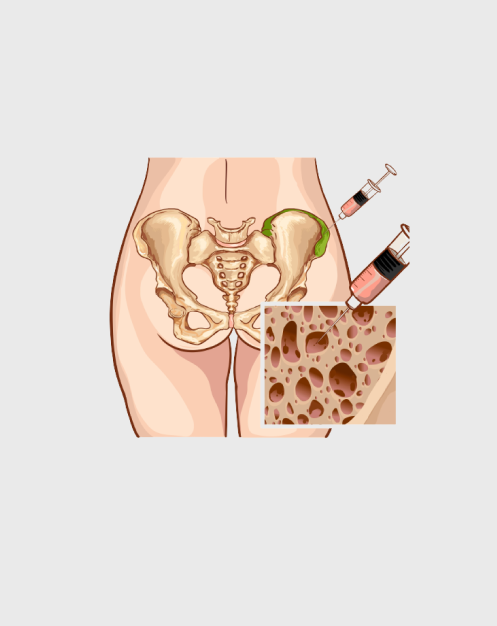
Although Regenerative Cells are naturally present in almost all tissues in varying degrees, The highest concentration occurs in the bone marrow.
This highest concentration of regenerative cells in the human body occur in the hip bone. The Bone Marrow Aspirate (which contains these cells) is gathered by suctioning the bone marrow from the hip bone with a tiny needle. Since the patient is given a local anesthetic, there is only minimal discomfort during the procedure.
The aspirate includes platelets, regenerative cells, and other kinds of cells used in Cellular Therapy.


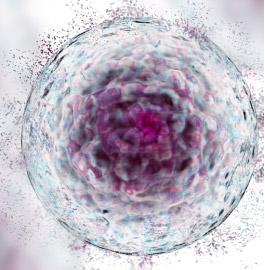
After aspiration, the bone marrow aspirate (which contains your regenerative cells) is separated from non-useful substances and cells. The bone marrow is spun in a machine known as a centrifuge. The centrifuge spins the material at a high speed, and this process separates the platelets and cells from the remainder of the blood products resulting in a concentrated bone marrow aspirate. We inject the concentrated bone marrow into the site of tissue damage or injury frequently together with the platelet rich plasma.
We use ultrasound guidance or x-ray fluoroscopy to increase the precision and accuracy of administration and decrease the likelihood of complications.
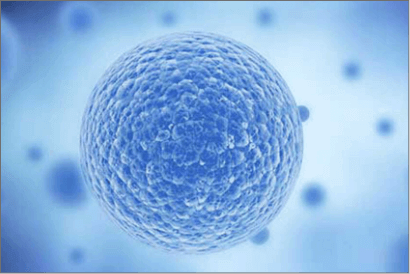
INTRODUCTION:
Cellular Therapy, can potentially repair and regenerate the damaged tissues, resulting in relief of pain and improvement in mobility and function. It’s part of a broader, emerging and exciting new area of medicine.
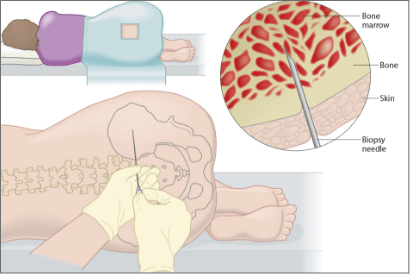
STEP 1:
Pelvis bone marrow is drawn and then we spin and separate it. The bone marrow is rich in regenerative cells, growth factors and cell signaling substances.
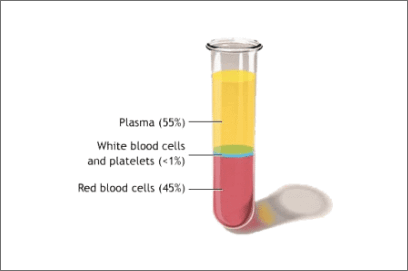
STEP 2:
Simple blood is also drawn which we spin to separate and extract the platelet rich component.
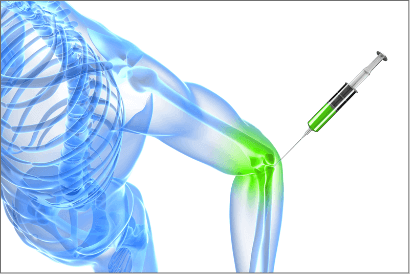
STEP 3:
The Bone marrow aspirate (which includes stem cells) are injected into the painful body part, usually using ultrasound or X-Ray guidance for better visualization. We may use PRP (Platelet Rich Plasma) which is rich in growth factors to aid in the healing process.
The technical term for the various growth factors is cytokines. Growth factors are signaling molecules that are typically produced at the site of repair by many different cell types including platelets, stem cells and fibroblasts. These growth factors start the process of DNA synthesis, mitosis and cell repair. Some of these growth factors make the local environment much more favorable to the various stem cells.
The growth factors in PRP decrease after about one week. Now we supplement cytokine production by giving patients a regime of multiple growth factors orally on a daily basis. We encourage our patients to take certain additional oral supplements which help improve the environment for our procedures. We believe these help the cells in their regenerative healing processes. We provide you with a list of certain specific supplements that we recommend you take for a period after our procedures.
The problem with the embryonic stem cells are the many complications associated with them. Besides the ethical considerations, from a practical point of view, we are still a long way from being able to utilize these cells in a safe and consistent manner.
When using embryonic stem cells, you are inheriting any potential diseases that the baby may have. For instance, the baby may have a gene that increases susceptibility to cancer. In fact, the embryonic cells themselves may act as a tumor since there is no natural check on these cells. Furthermore, these cells are foreign materials to the body, and the body will react and attack these cells in an immune response. This can sometimes cause a serious medical condition called graft versus host disease. In that case, the patient may have to be placed on immunosuppressant drugs—like an organ transplant patient. With our present technology, embryonic stem cells are not the answer. For those reasons, the FDA has put significant restrictions on the use of this type of cell in humans.
There are some centers which recommend taking the stem cells from the bone marrow and growing them in a laboratory and then injecting them back into a patient. This process may not be the best way to treat your orthopedic problems.
There are studies which suggest that once the stem cells are manipulated outside the body they lose their effectiveness. Furthermore, there is a suggestion that by reproducing these cells outside the body the genetic makeup of the cells may be altered leading to any number of significant problems. Among other factors, it is believed that the telomeres, or ends of the DNA strands, may be significantly altered.
The FDA has ruled that cultured cells by and large cannot be used in the United States. We adhere to the FDA regulations, only minimally manipulating cells and we do not use any dangerous chemicals like collagenase.
600 Worcester Rd, Ste 301,
Framingham, MA 01702
This information is for educational purposes only and is NOT intended to replace the care or advice given by your physician. Always seek the advice of your physician or other qualified health provider before starting any new treatment or with any questions you may have regarding a medical condition. For more information see our Medical Disclaimer.